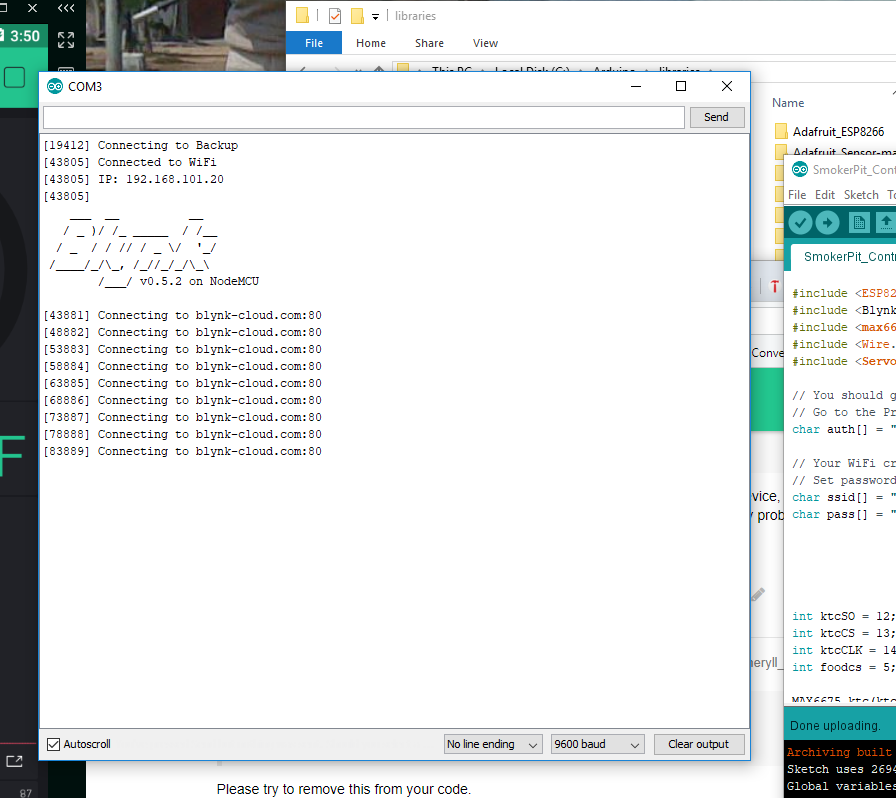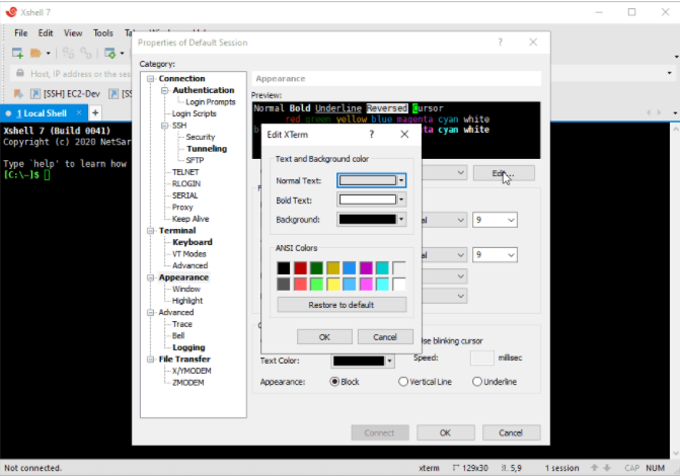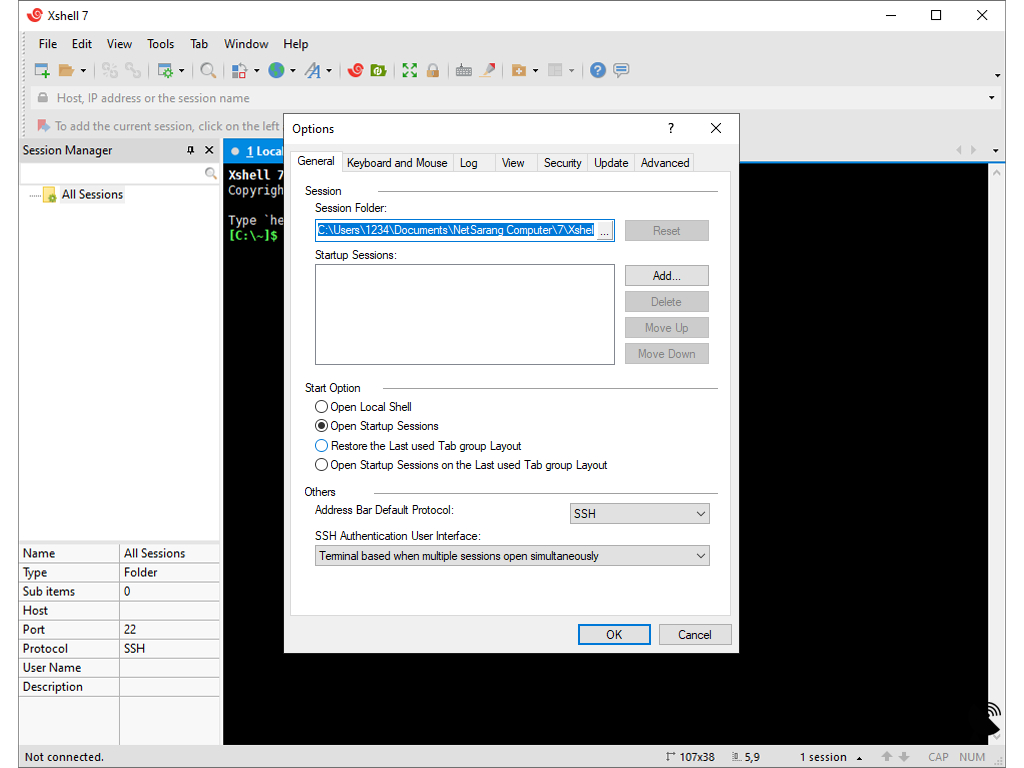Thinking about connecting your gadgets and devices to the internet, maybe even from far away? It's pretty neat how you can make your home smarter or keep an eye on things in a different spot, perhaps even a business location. The idea of having all your devices talk to each other and let you know what's happening, or even let you tell them what to do, is quite appealing, so it's almost like having a little helper for your tech.
A lot of people are looking into how these internet-connected things, often called IoT, can make life a bit easier or operations smoother. For example, you might want to turn on your lights before you get home, or maybe check if a sensor is doing its job in a place you can't easily get to. This kind of remote control and monitoring is becoming more and more common, and it’s actually pretty cool to see how it all works together.
When we talk about getting into these devices from anywhere, like your Raspberry Pi, security is a big deal, and that's where something called SSH comes in handy. It helps make sure only you can get in, keeping things safe. It's interesting, too, that there are ways to do this without spending a lot of money, which is why a free SSH IoT platform can be a real find for many folks, especially if you are using a phone, like your Android, to manage things.
Table of Contents
- What's the Deal with Free SSH IoT Platforms?
- Why Worry About Free SSH IoT Platform Limitations?
- Keeping Things Safe - SSH and Your Devices
- Can Your Android Help with Free SSH IoT Platform Access?
- How Do You Pick the Best Free SSH IoT Platform?
What's the Deal with Free SSH IoT Platforms?
It's pretty neat how free options for connecting your internet devices, using something called SSH, can help with so many different things. You might use them for simple setups at home, like making your lights do what you want, or for bigger jobs, such as keeping an eye on machines in a factory. For instance, you could use a free platform to tell your home lights and other gadgets to turn on or off from a distance, or perhaps check readings from sensors placed far away. This kind of access, actually, makes a lot of tasks much more convenient, giving you a lot more control over your environment, so it's a pretty handy thing to have.
The ability to reach out and touch your devices, even when you're not physically there, is a really big plus for a lot of folks. It means you don't have to be in the same room, or even the same city, to make sure everything is running as it should. This kind of flexibility is a true benefit, especially if you have devices scattered in different spots. It's like having a little window into all your connected items, letting you peek in whenever you need to, which is very useful for keeping tabs on things.
Making Your Raspberry Pi a Remote Buddy
When it comes to getting a free SSH IoT platform to work well with something like a Raspberry Pi, especially with SSH key support, it can feel a bit like searching for a special treasure. Many platforms might say they offer free services, but finding one that gives you a truly complete and full set of features, and clearly lets you use SSH keys for security, can be a little tricky. Often, these free versions might put limits on how much data you can store, how many devices you can connect, or what features you can even get to. It's almost like they give you a taste, but then you realize you can't quite do everything you hoped, so you have to be a bit careful about what you choose.
- Aaron Boone Wife
- Breckie Hill Nude Leaked
- Oliver Stark Wikipedia
- Sondra Blust Erome
- Emma St James Real Name
Picking the right remote IoT platform that offers free SSH key support for your Raspberry Pi is a really important step. It helps make sure your connected devices are safe and easy to manage. When you do this, your Raspberry Pi, which might just be sitting there on its own, suddenly becomes a really powerful and reachable part of your connected setup. It transforms from just a single device into something you can access and work with from pretty much anywhere, giving you a lot more freedom with your projects. This kind of setup, you know, makes your small computer a much bigger player in your digital world.
Why Worry About Free SSH IoT Platform Limitations?
As more and more groups and individuals start using these internet-connected device setups, knowing how to use SSH for getting into them from afar becomes pretty important. It’s like learning a basic skill for anyone who works with connected gadgets. Being able to access your IoT platforms through SSH from a distance is a really useful ability for anyone involved with these kinds of devices. It helps you keep things running smoothly, even if you're not right next to the equipment. This kind of remote access, you know, is pretty much a must-have in this connected age.
It’s worth thinking about the different kinds of free options out there. Some might be really good for just a couple of devices, while others might give you more wiggle room for data, but then perhaps limit how many users can log in. You really have to look at what each free SSH IoT platform offers to see if it fits what you need. Sometimes, a platform might seem perfect at first glance, but then you find a small print detail that changes things quite a bit. So, it’s a good idea to spend a little time looking at the fine points.
Getting Started with Free SSH IoT Platform on Your Pi
Getting started with your free SSH IoT platform and your Raspberry Pi involves a few simple steps, but they are pretty important ones. First, you'll want to make sure your Raspberry Pi is set up and ready to go. Then, you'll need to enable SSH on it, which is usually a straightforward process. After that, you connect it to your chosen free platform. This connection is what lets you talk to your Pi from anywhere. It's a bit like giving your Pi its own special phone number that only you know, so you can call it up whenever you need to.
Many guides and resources are out there to help you through this. You might find videos, articles, or even community forums where people share their tips and tricks. Don't be afraid to look around and find what works best for you. The goal is to get your Raspberry Pi talking securely to your chosen free SSH IoT platform, allowing you to control and monitor it with ease. It's quite satisfying when you get it all working, honestly, and it opens up a whole lot of possibilities for your projects.
Keeping Things Safe - SSH and Your Devices
When you're dealing with devices that are connected to the internet, keeping them safe from unwanted visitors is a big deal. SSH, which stands for Secure Shell, is a way to make sure that when you connect to your devices from afar, your connection is private and protected. It's like having a secret handshake and a coded message system, so only the right people can get in and understand what's being said. This is especially important for things like your home automation or any sensitive sensors you might be watching. It's definitely something you want to get right, you know, to avoid any problems down the road.
Without proper security, your connected devices could be open to all sorts of issues. Someone could potentially mess with your settings, or even get access to information they shouldn't have. That's why using SSH, especially with keys instead of just passwords, is a much better way to go. Keys are like super strong passwords that are much harder for someone to guess or steal. It's a bit more effort to set up at first, but it gives you a lot more peace of mind, which is pretty much invaluable when it comes to your personal tech.
Securing Your Free SSH IoT Platform Connections
When you're looking at different free SSH IoT platform options, one of the first things to check is how well they handle security. Does the platform make it easy to use SSH keys? Are there good instructions for setting up those keys? These are the kinds of questions you want to ask yourself. A good platform will guide you through the process, making sure your connections are locked down tight. It's not just about getting access; it's about getting secure access, which is a key difference.
Beyond just using SSH keys, think about other security features. Does the platform offer things like two-factor authentication, where you need a second step to log in? Can you set up alerts if something unusual happens? These extra layers of protection can make a big difference in keeping your devices and data safe. It's really about building a strong fence around your digital gadgets, so that only you, and those you trust, can get in. This kind of careful planning, honestly, pays off in the long run.
Can Your Android Help with Free SSH IoT Platform Access?
It's pretty cool to think about how your everyday Android phone can become a tool for managing your connected devices. Many free SSH IoT platform choices now offer ways to get into your devices right from your smartphone. This means you don't need to be at a computer to check on things or send commands. Imagine being able to control your home lights or check a sensor reading while you're out and about, just using the phone in your pocket. It's definitely a convenient way to stay connected to your tech, you know, making things very accessible.
These mobile options usually come with apps that are designed to make the process simple. You might just download an app, put in some details, and then you're ready to go. The goal is to make managing your devices as easy as sending a text message. This kind of mobile access is a big plus for anyone who is often away from their main computer but still needs to keep an eye on their IoT setup. It’s pretty much about putting control right into the palm of your hand, which is very helpful for busy people.
Running Your Free SSH IoT Platform Operations
Once you have your free SSH IoT platform up and running, there's a lot you can do with it. You can manage and keep an eye on your devices, set up alerts that pop up on your phone or computer when something specific happens, and even run batches of tasks on your devices. For example, you could set up an alert to tell you if a certain temperature is reached, or schedule a task to restart a device every night. This kind of control really lets you get the most out of your connected gadgets. It's actually quite powerful, what you can achieve with these platforms.
The different features offered by each free SSH IoT platform can vary quite a bit. Some might focus more on simple monitoring, while others give you a lot of options for running complex commands or getting detailed reports. It's worth exploring what each platform offers to see which one fits your particular needs best. The idea is to find a platform that not only lets you connect but also gives you the tools to do what you want with your devices, easily and without too much fuss.
How Do You Pick the Best Free SSH IoT Platform?
With so many different options out there for free IoT platforms, especially when you're looking for one that works well with a Raspberry Pi, it can feel a bit overwhelming to pick the right one. You might find yourself wondering which features are truly important, or which platform will give you the least amount of headaches. It's like standing in a big candy store and trying to decide which treat is the very best for you. There are a lot of choices, and each one has its own good points and maybe a few things that aren't quite perfect. So, taking your time to look around is a good idea.
When you're trying to figure out which free SSH IoT platform is the best fit, you'll want to think about a few key things. How easy is it to use? Does it offer the security features you need, like good SSH key support? And can it grow with you if you decide to add more devices later on? These are all important questions to ask yourself. The goal is to find a platform that feels comfortable to use and gives you the peace of mind that your devices are safe and accessible.
Simple Steps for Setting Up SSH Remotely
One of the best things about some of these free SSH IoT platform options is how straightforward they make the process of getting SSH set up on your Raspberry Pi. Some platforms offer what feels like a really smooth way to download and configure SSH without any cost. This can save you a lot of time and effort, especially if you're not super familiar with all the technical bits. It's almost like they do a lot of the hard work for you, so you can focus on what you want your devices to do.
There are also guides that really dig into how to get the most out of remote SSH on your Raspberry Pi, all for free. These guides often share handy tools, clever methods, and solutions to help you really get a handle on it. They cover everything from the basics of connecting to more involved ways of managing your devices. The idea is to give you all the information you need to become quite good at using SSH for your IoT projects, making sure you have all the tools and knowledge you need to manage your connected items effectively.
Related Resources:



Detail Author:
- Name : Prof. Willow Schaden IV
- Username : hickle.zachariah
- Email : dawson.hudson@kunde.net
- Birthdate : 1977-08-30
- Address : 843 Weissnat Plaza Apt. 797 Dayneshire, NE 80675
- Phone : 1-218-265-8905
- Company : Deckow Ltd
- Job : Soldering Machine Setter
- Bio : Eos aut ut necessitatibus ut rerum laborum. Et autem perspiciatis et iure et.
Socials
twitter:
- url : https://twitter.com/cummerataa
- username : cummerataa
- bio : Rerum saepe voluptatem voluptatem illo. Inventore et officiis rerum facere natus quae et. Dolore ut et tenetur et.
- followers : 4058
- following : 2138
tiktok:
- url : https://tiktok.com/@aurelie.cummerata
- username : aurelie.cummerata
- bio : Aut qui reprehenderit animi voluptas. Sed voluptatibus asperiores sed vel.
- followers : 2646
- following : 2836